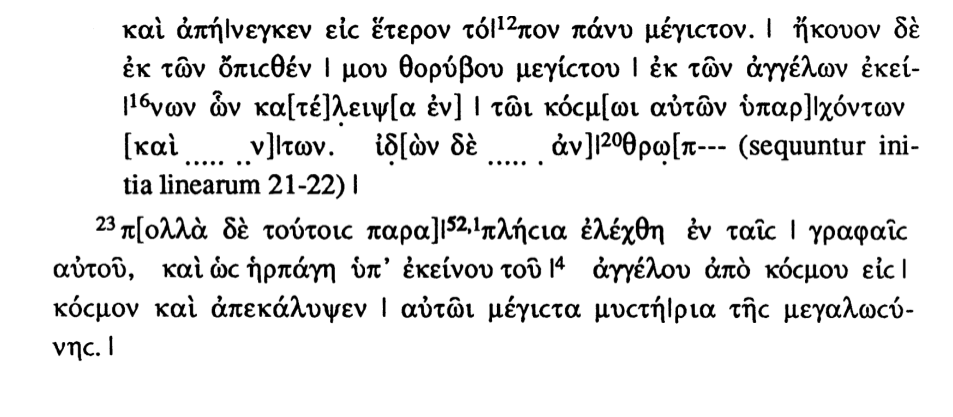The Virtual Mani: Reconstructions of Religious Texts

This study investigates the efficacy of large language models (LLMs) in reconstructing damaged or incomplete Manichean texts. Specifically, it focuses on the Cologne Mani Codex (CMC), written in Ancient Greek. The automatic reconstruction of ancient texts represents a potentially useful approach in the fields of historical linguistics and philology, offering new insights into damaged texts. Recent advancements in natural language processing (NLP) and machine learning have demonstrated remarkable capabilities in text generation and completion tasks. However, the application of these technologies to ancient, fragmentary texts presents unique challenges and opportunities that warrant systematic investigation.
During this project, we use state-of-the-art LLMs like Gemini, Claude and ChatGPT to suggest how one could complete deficient text passages. We systematically evaluate the outputs of these models with the help of experts of Manichaeism. The results will provide valuable insights about the models' foreknowledge of this religious movement and their ability for this complicated and delicate task.

- Example from the edition of the CMC by Koenen and Römer (1988).
-

- Corresponding scan of the CMC showing page 51 (the missing lines hinted at the edition are on the right hand page below). Universität Köln, Papyrologie, Inv. Nr. 4780, page 51.